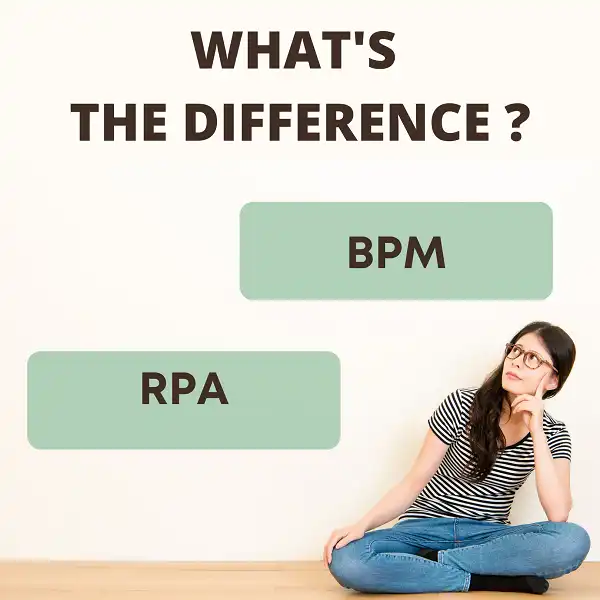BPM and RPA are two popular buzzwords used in the modern business world. Although they share some similarities, there are many important differences between BPM and RPA. We will explore those differences and help you decide which is the better option for your organization.
What is BPM?
Business process management (BPM) is a systematic approach to improving the efficiency and effectiveness of an organization’s business processes. It involves the identification, definition, design, implementation, monitoring, and continuous improvement of business processes.
BPM can be used to improve any type of business process, from simple tasks such as onboarding new employees to complex processes such as product development or customer service. BPM software tools can help organizations automate and optimize their business processes. By streamlining and automating business processes, organizations can achieve significant improvements in productivity, efficiency, and quality.
What is RPA?
RPA is a form of artificial intelligence that enables software to mimic human actions. It can be used to automate repetitive tasks, such as data entry or processing customer requests. RPA is typically deployed in business environments where there is a high volume of work and a need for efficiency. For example, an organization might use RPA to automate the onboarding of new employees or to process invoices.
Difference between BPM and RPA
- When discussing business process automation (BPA), it is important to understand the difference between business process management (BPM) and robotic process automation (RPA). BPM is a holistic approach to improving business processes through technology. It involves managing and monitoring processes to identify ways to make them more efficient.
- RPA, on the other hand, involves using software to automate low-level tasks. RPA can be used as part of a BPM initiative, but it is not the same thing. BPM is about improving efficiency at a high level, while RPA is about automating individual tasks.
- When deciding which approach to take, it is important to consider the specific needs of the business. If the goal is to improve efficiency at a systemic level, BPM may be the better option.
Conclusion
While both BPM and RPA have their benefits, it is important to understand the difference between the two before making a decision. If you are looking for a way to automate your business processes, RPA may be the better option.
However, if you are looking for ways to improve your process efficiency and speed, BPM may be a better choice. Whichever route you choose, remember that there is no one-size-fits-all answer; each business will need to evaluate its own needs and decide which solution works best.


